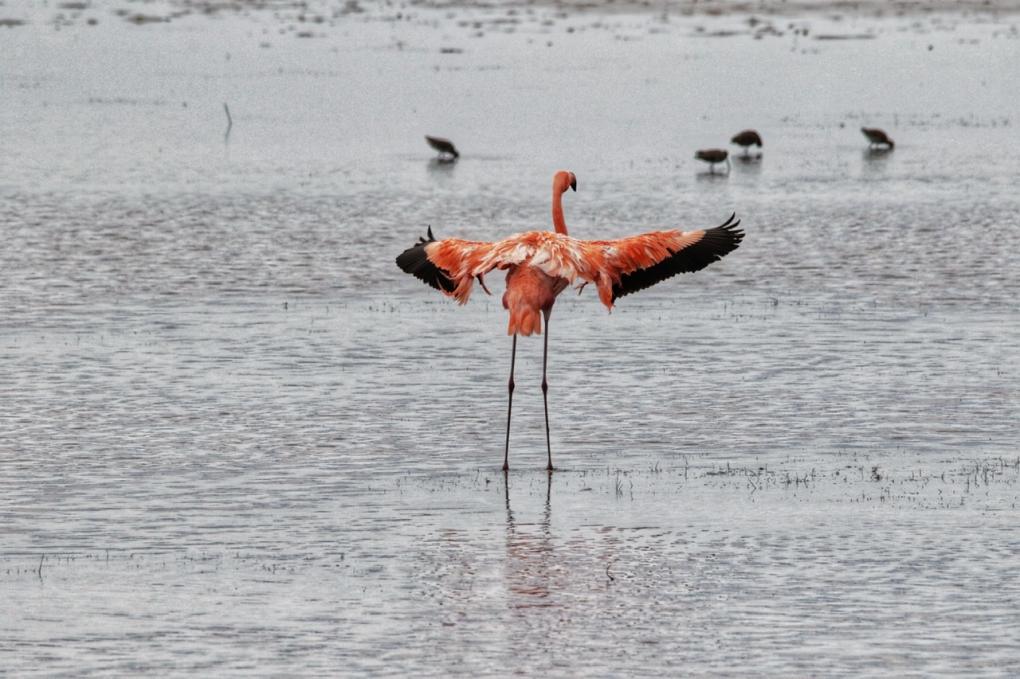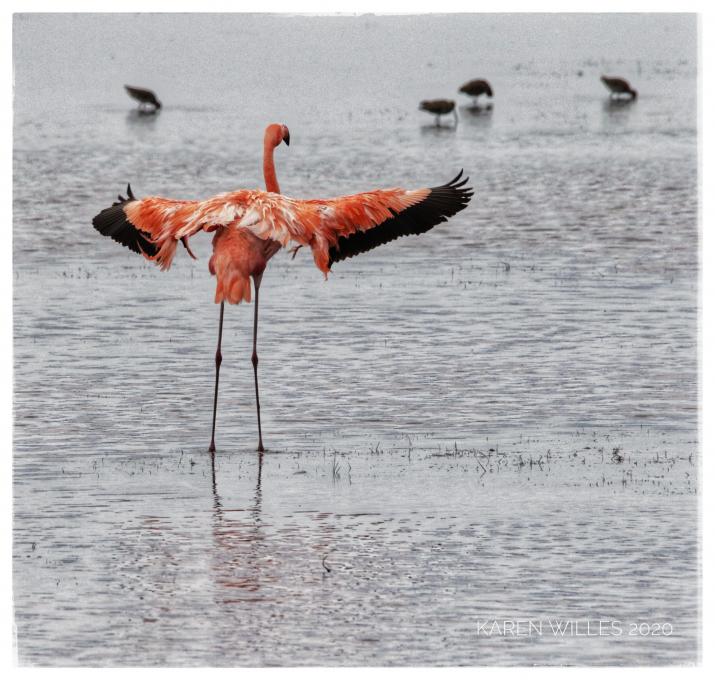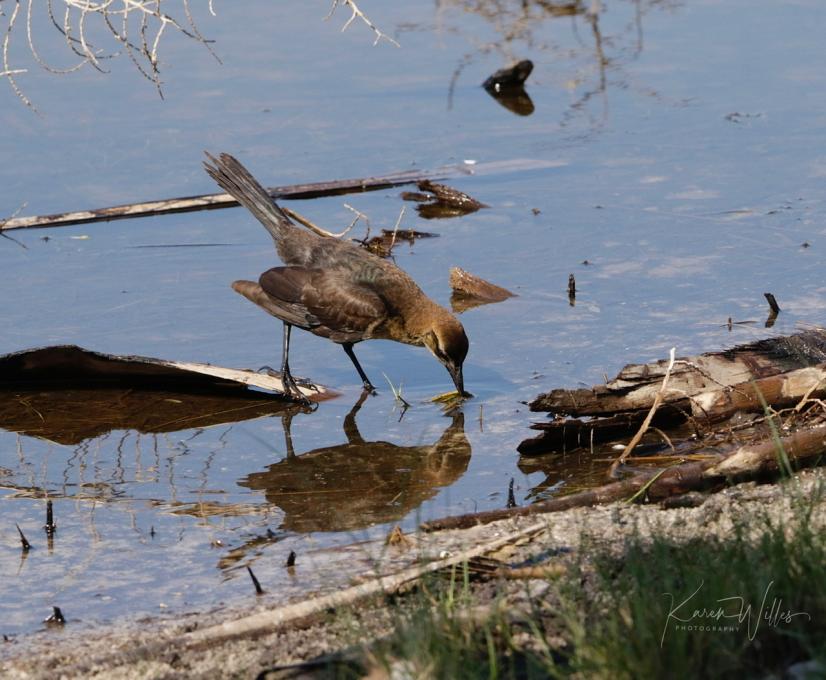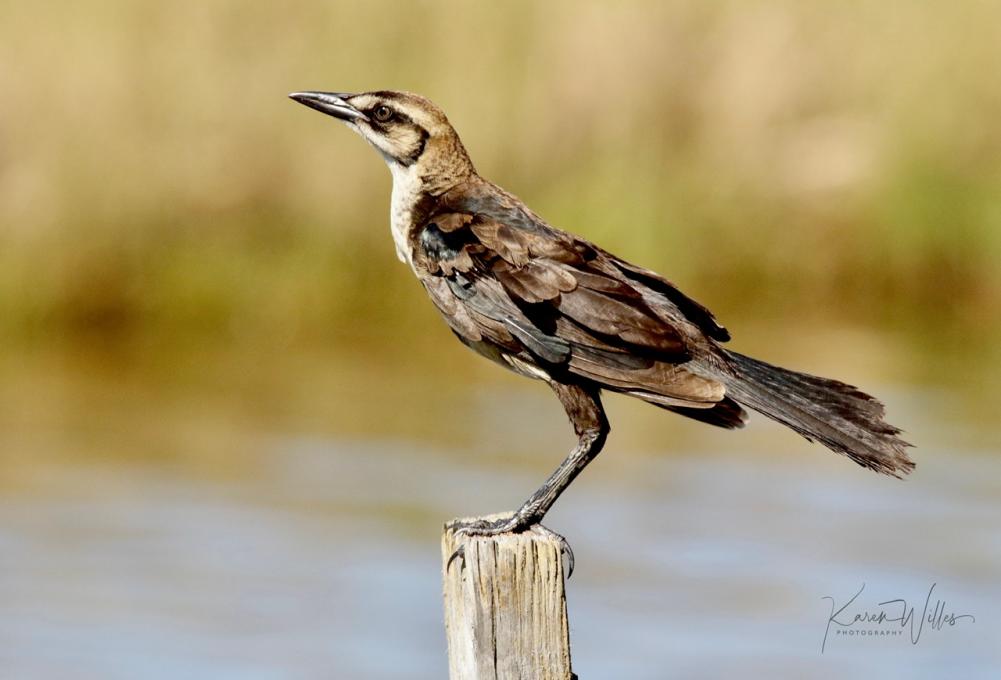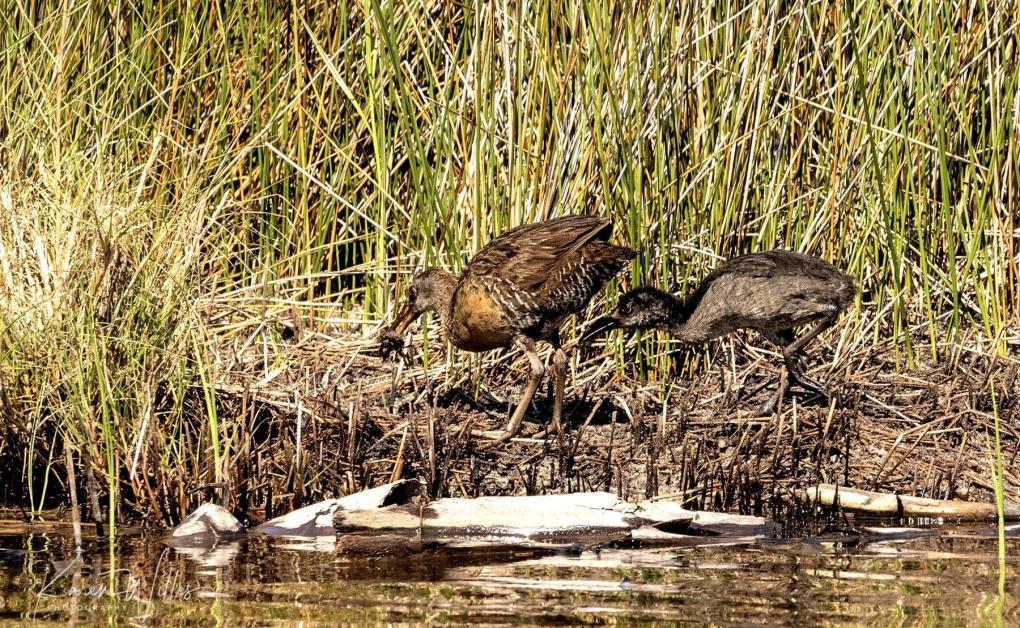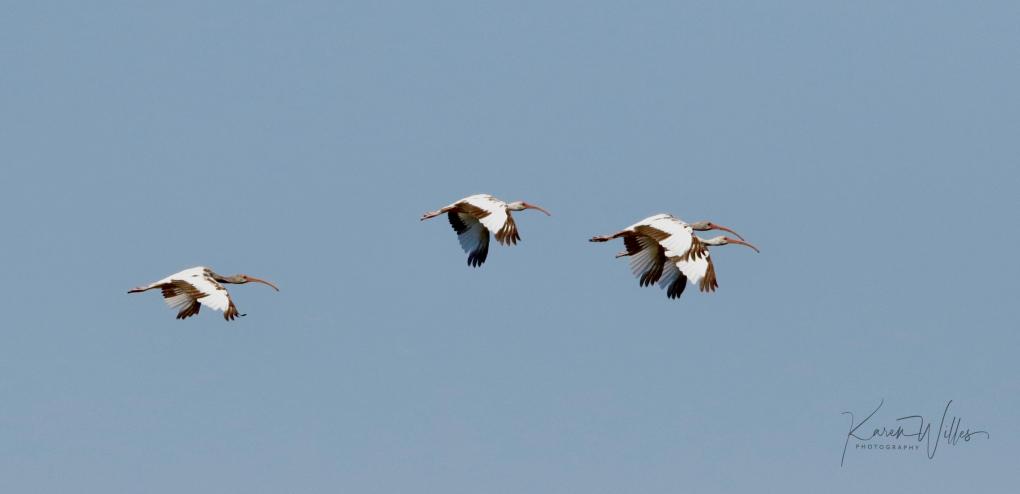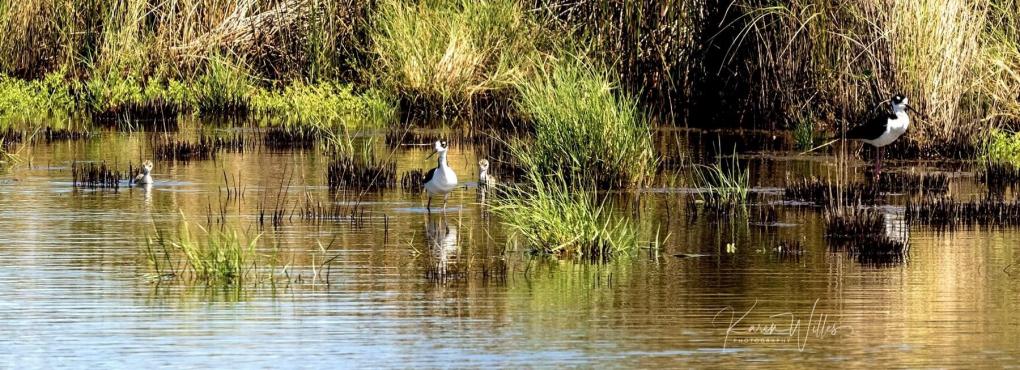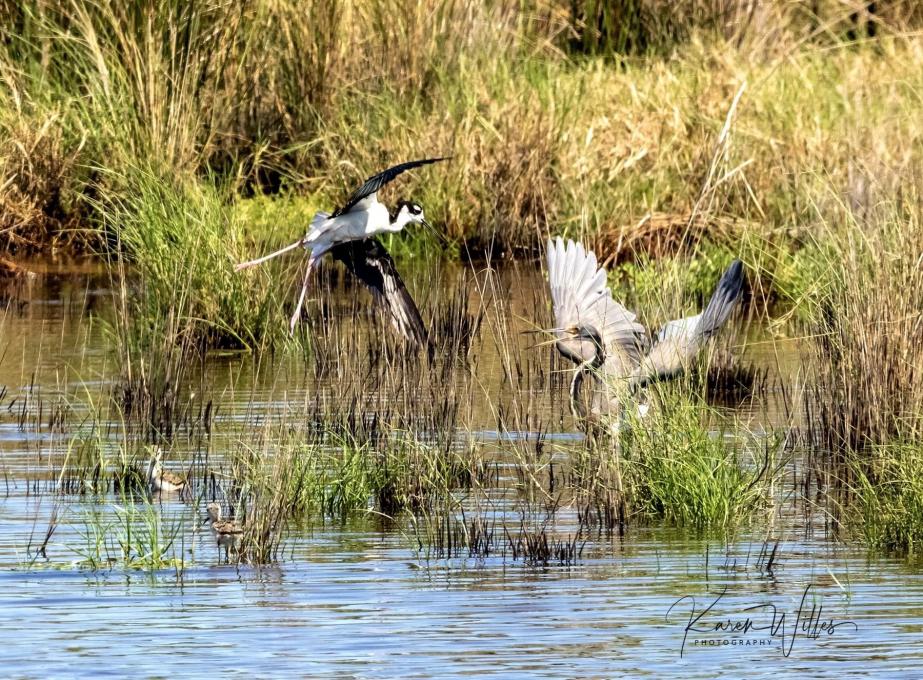Karen
Forum Replies Created
Viewing 5 posts - 1 through 5 (of 5 total)
-
KarenParticipantHere are original and cropped images of the only time in 3 hours of waiting that this American Flamingo at St. Marks NWR in Florida opened its wings. I was glad to be able to create the final image using the Rule of Thirds and was also pleased that the shorebirds in the background did not distract from the flamingo. ISO 1250, f/10, 1/4000 / Canon 7D II, Sigma 150-600 Contemporary Lens

 in reply to: Practice Crafting Great Bird Photos #719605
in reply to: Practice Crafting Great Bird Photos #719605 -
KarenParticipantOnly 3 images are allowed for upload so here are the other 3 images — Two are of the immature mail Boat-tailed Grackle and the other is of the adult female Boat-tailed Grackle that landed in the palmetto tree right above me. When I looked at the downloaded images I could see the landscape behind me reflected in her eye. Nice bonus!


 in reply to: Practice Gaining an Audience with Birds #719469
in reply to: Practice Gaining an Audience with Birds #719469 -
KarenParticipantEver since I read Melissa’s 2016 article in Outdoor Photographer about having a Sit Spot, I have been able to describe to others why I will often stay in one place for quite a while. The images below were taken at St. Marks National Wildlife Refuge in Florida, 25-miles south of Tallahassee on June 19, 2020 during my Sit Spot time of 11:00 AM to Noon. I chose that place in particular because I knew that Clapper Rails and chicks had recently been seen. I could hear them but couldn’t see them as they were back in the marsh. Then, much to my delight, an adult and chick appeared. During that hour, I photographed an immature male Boat-tailed Grackle, a small flock of immature White Ibises, and an adult female Boat-tailed Grackle in addition to the Clapper Rail and chick.


 in reply to: Practice Gaining an Audience with Birds #719468
in reply to: Practice Gaining an Audience with Birds #719468 -
KarenParticipantIn Florida, the American Goldfinches take over our feeders in January & February. They prefer thistle, but only “fresh” thistle! If any has been kept from the previous year and put out for them, those goldfinches won’t touch it! They only want the new good stuff!in reply to: Practice Understanding Birds for Better Photos #719133
-
KarenParticipantThis year Black-necked Stilts nested at St. Marks National Wildlife Refuge in Florida in a marshy area along the main road to the Lighthouse that allowed for observations and photographs through a long lens or spotting scope. I thought the chicks would look like little dark fur balls like Common Gallinule chicks. Not so! These little ones were so well-camouflaged that the only way to see them was to look for movement or, perhaps, see their reflection in the water. I, also, was able to watch their parents defend them from other birds including a Tricolored Heron that was much larger than the stilts. The stilts were fearless protectors of their young.

 in reply to: Practice Understanding Birds for Better Photos #719104
in reply to: Practice Understanding Birds for Better Photos #719104
Viewing 5 posts - 1 through 5 (of 5 total)
